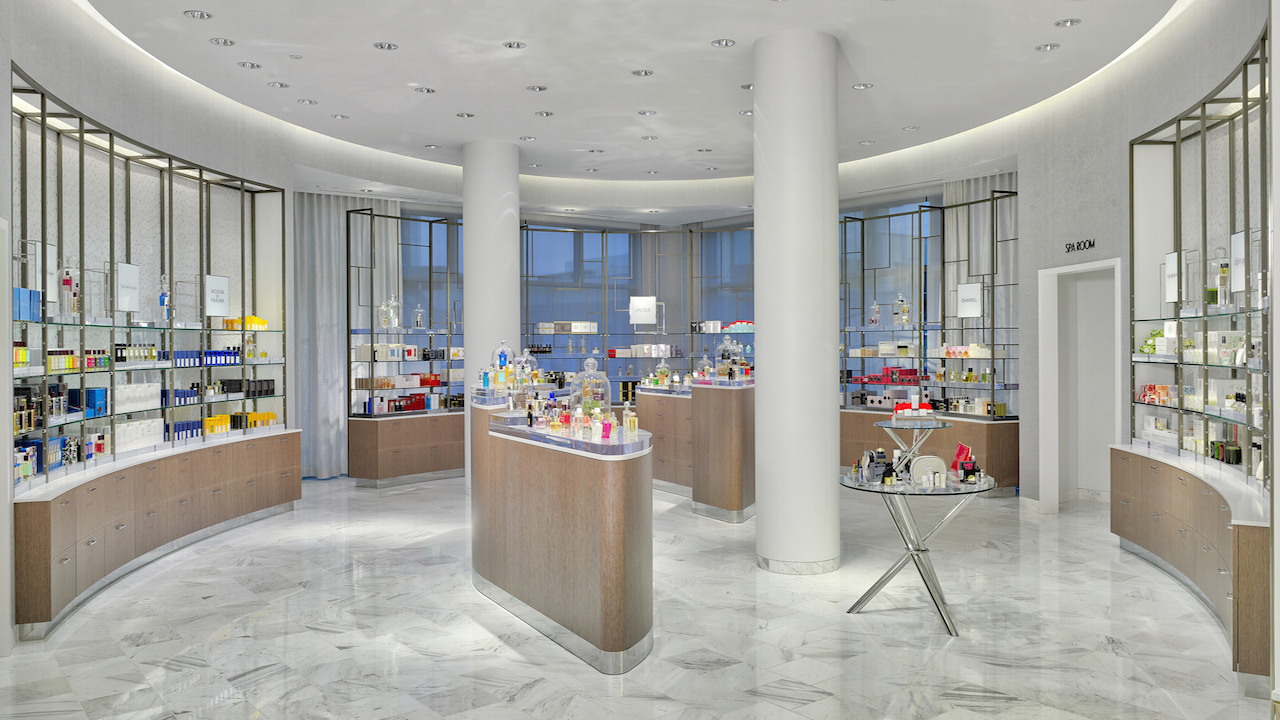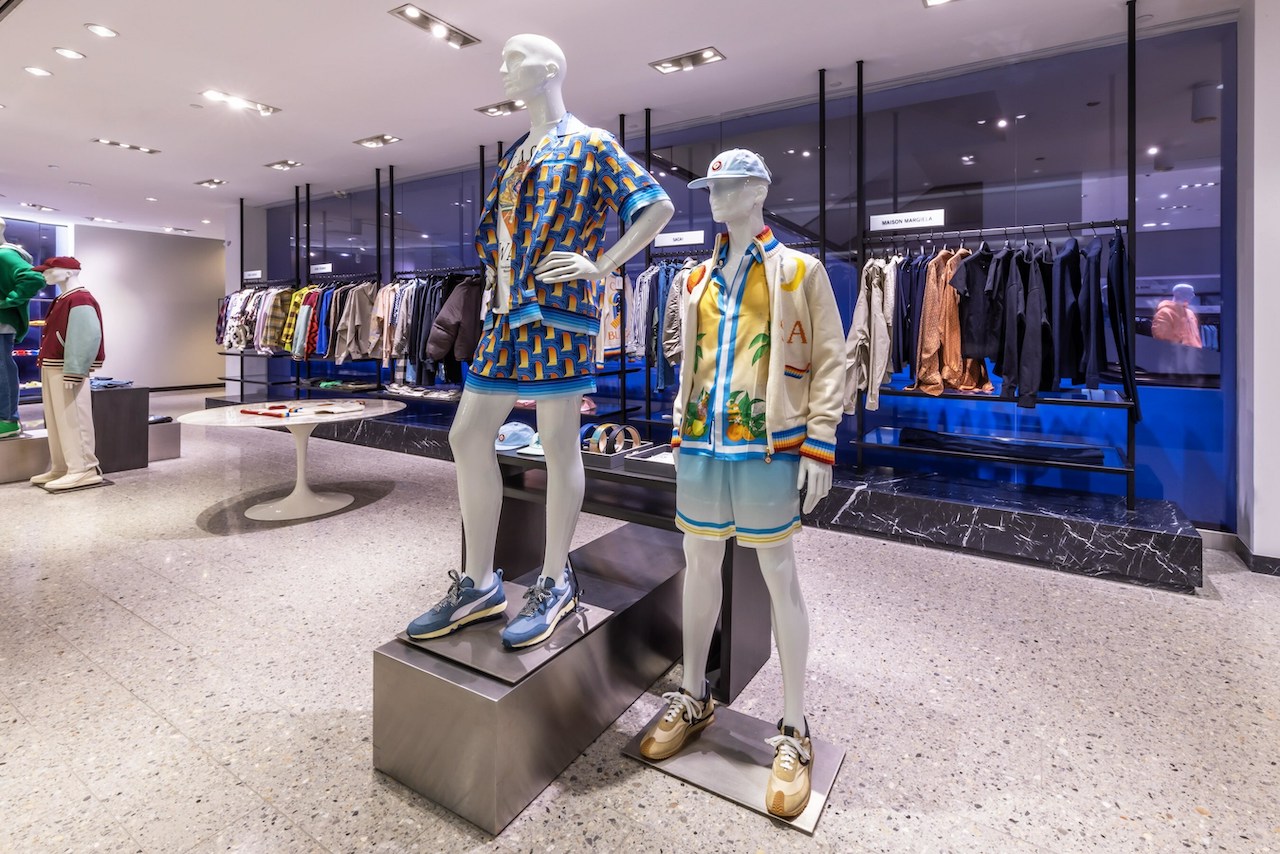Comparative Overview of Saks and Neiman Marcus

Saks Fifth Avenue and Neiman Marcus are two of the most iconic luxury department stores in the United States. Both stores have a long and storied history, and they offer a wide range of high-end products and services. However, there are also some key differences between the two stores.
Brand history and reputation
Saks Fifth Avenue was founded in 1894 by Andrew Saks, a German immigrant. The store quickly became known for its luxurious merchandise and its impeccable customer service. Today, Saks Fifth Avenue has over 40 stores in the United States and Canada, and it is one of the most recognizable luxury brands in the world.
Neiman Marcus was founded in 1907 by Herbert Marcus, a Texas businessman. The store quickly became known for its high-fashion offerings and its exclusive clientele. Today, Neiman Marcus has over 40 stores in the United States and Mexico, and it is one of the most prestigious luxury brands in the world.
Target audience and demographics
Saks Fifth Avenue and Neiman Marcus both target a high-end clientele. However, there are some subtle differences in their target demographics. Saks Fifth Avenue tends to attract a more fashion-forward crowd, while Neiman Marcus tends to attract a more conservative crowd.
Product offerings and key differentiators
Saks Fifth Avenue and Neiman Marcus both offer a wide range of high-end products, including clothing, shoes, handbags, jewelry, and cosmetics. However, there are some key differentiators between the two stores. Saks Fifth Avenue is known for its exclusive designer collections, while Neiman Marcus is known for its more traditional luxury offerings.
Store locations and physical presence
Saks Fifth Avenue and Neiman Marcus both have a strong physical presence in the United States. However, Saks Fifth Avenue has a more international presence, with stores in Canada, Europe, and Asia. Neiman Marcus has a more concentrated presence in the United States, with most of its stores located in the South and Southwest.
Key Business Strategies and Marketing Initiatives

Saks and Neiman Marcus employ distinct strategies to attract and retain customers, focusing on loyalty programs, in-store experiences, digital marketing, and social media engagement.
Loyalty Programs and Rewards
Both Saks and Neiman Marcus offer loyalty programs to reward repeat customers. Saks’ “SaksFirst” program provides members with exclusive access to sales, events, and personal shopping services. Neiman Marcus’ “InCircle” program offers similar benefits, including points for purchases that can be redeemed for rewards.
In-Store Experiences and Events
Saks and Neiman Marcus invest heavily in creating memorable in-store experiences. Saks hosts regular fashion shows, trunk shows, and meet-and-greets with designers. Neiman Marcus offers personal styling services, beauty treatments, and private dining experiences.
Digital Marketing Campaigns, Saks and neiman marcus
Saks and Neiman Marcus leverage digital marketing channels to reach their target audience. They run targeted email campaigns, display ads, and social media campaigns. Saks also has a strong presence on e-commerce platforms like Amazon and Farfetch.
Social Media Engagement and Influencer Partnerships
Saks and Neiman Marcus actively engage with customers on social media platforms. They partner with influencers and celebrities to promote their products and generate buzz. Saks has a dedicated Instagram account for its “Saks Stylist” service, while Neiman Marcus has a strong presence on Pinterest.
Future Trends and Challenges

The luxury retail market is constantly evolving, with new trends and challenges emerging all the time. In order to stay ahead of the curve, luxury retailers like Saks and Neiman Marcus need to be aware of these trends and be prepared to adapt their strategies accordingly.
Some of the key trends that are expected to shape the future of luxury retail include:
- Increased demand for personalization: Consumers are increasingly looking for luxury products and experiences that are tailored to their individual needs and preferences.
- Growing importance of sustainability: Consumers are becoming more aware of the environmental impact of their purchases, and they are increasingly looking for luxury brands that are committed to sustainability.
- Continued growth of e-commerce: E-commerce is becoming an increasingly important channel for luxury retailers, as consumers become more comfortable shopping for luxury goods online.
- Competition from new and emerging players: New and emerging luxury brands are constantly entering the market, which is increasing competition for Saks and Neiman Marcus.
In order to address these trends, luxury retailers like Saks and Neiman Marcus need to focus on developing innovative strategies that will allow them to meet the changing needs of their customers. This includes investing in technology, developing new products and services, and building strong relationships with their customers.
Emerging Technologies
Technology is playing an increasingly important role in the luxury retail industry. Luxury retailers are using technology to improve the customer experience, personalize marketing campaigns, and track customer behavior.
- Artificial intelligence (AI): AI is being used to power chatbots, virtual assistants, and other customer service tools. AI can also be used to personalize marketing campaigns and track customer behavior.
- Augmented reality (AR): AR is being used to create immersive shopping experiences for customers. For example, customers can use AR to virtually try on clothes or see how furniture would look in their home.
- Virtual reality (VR): VR is being used to create even more immersive shopping experiences for customers. For example, customers can use VR to take a virtual tour of a luxury store or attend a fashion show.
Luxury retailers that are able to successfully adopt and use these new technologies will be well-positioned to succeed in the future.
Sustainability
Sustainability is becoming an increasingly important issue for consumers, and luxury retailers are taking notice. Luxury retailers are under pressure to reduce their environmental impact and to source their products from sustainable sources.
- Reducing waste: Luxury retailers are reducing waste by using sustainable packaging and by recycling and reusing materials.
- Sourcing sustainable materials: Luxury retailers are sourcing sustainable materials, such as organic cotton and recycled polyester.
- Reducing emissions: Luxury retailers are reducing emissions by using energy-efficient lighting and by using renewable energy sources.
Luxury retailers that are able to demonstrate their commitment to sustainability will be well-positioned to attract and retain customers.
Saks and Neiman Marcus, two of the most iconic department stores in the world, have joined forces. Saks’ acquisition of Neiman Marcus creates a retail powerhouse with a combined revenue of over $9 billion. The deal is expected to close in the first half of 2023, and the combined company will operate over 400 stores across the United States.
Saks and Neiman Marcus, two iconic department stores, have faced a wave of thefts in San Francisco, leading to concerns about the city’s ability to protect businesses from stolen goods. The brazen nature of these crimes has raised questions about the city’s safety and the effectiveness of its law enforcement.
Saks and Neiman Marcus have implemented additional security measures to deter future thefts, highlighting the growing need for vigilance in the face of increasing crime rates.